American Arborvitae Lumber
- June 26, 2023
- 0 comment

The American Arborvitae tree, scientifically known as Thuja occidentalis, is a beloved evergreen native to North America. With its conical shape, dense foliage, and adaptability to various landscapes, this tree is a popular choice for homeowners and landscapers alike. The scientific name Thuja occidentalis originates from the Latin term “occidentalis,” meaning “of the West,” reflecting its prevalence in eastern and central regions of the United States and Canada.
Growing up to 60 feet (18 meters) in height, the American Arborvitae showcases a narrow, pyramidal form that adds vertical interest to any garden or landscape. Its vibrant green foliage consists of flat, scale-like leaves that emit a pleasant fragrance when crushed. As an evergreen, it retains its foliage year-round, providing visual appeal and a touch of greenery even during the winter months.
Not only prized for its ornamental value, the American Arborvitae also serves practical purposes. Its dense growth habit makes it an excellent choice for creating privacy screens and windbreaks, effectively blocking out unwanted views and reducing noise. The tree’s adaptability to a wide range of soil conditions and climates, from wet to dry and full sun to partial shade, further adds to its versatility and ease of cultivation.
| American Arborvitae Tree | |
|---|---|
| Common Name(s) | American Arborvitae, Eastern White Cedar |
| Scientific Name | Thuja occidentalis |
| Distribution | Eastern North America |
| Tree Size | 30-60 ft (10-20 m) tall, 1-2 ft (.3-.6 m) trunk diameter |
| Average Dried Weight | 22 lbs/ft^3 (350 kg/m^3) |
| Specific Gravity (Basic, 12% MC) | .30, .35 |
| Janka Hardness | 320 lbf (1,420 N) |
| Modulus of Rupture | 7,500 lbf/in^2 (51.7 MPa) |
| Elastic Modulus | 1,100,000 lbf/in^2 (7.58 GPa) |
| Crushing Strength | 4,560 lbf/in^2 (31.4 MPa) |
| Shrinkage | Radial: 2.2%, Tangential: 5.2%, Volumetric: 7.7%, T/R Ratio: 2.4 |
Color/Appearance
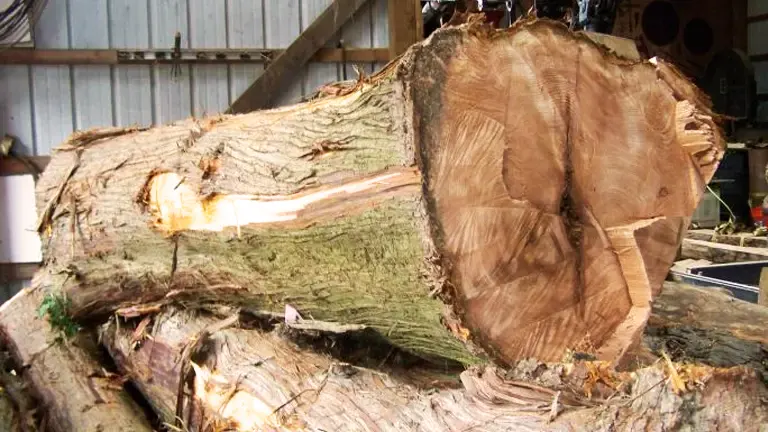
The heartwood of the American Arborvitae tree is pale brown to reddish-brown, while the sapwood is lighter in color, usually a creamy white or pale yellow. The wood exhibits a generally uniform color, which can darken with age.
Grain/Texture
The grain of American Arborvitae is usually straight, though it can occasionally have slight waviness. The texture is fine and even, with a uniform appearance.
Rot Resistance
The heartwood of American Arborvitae is naturally resistant to decay and rot, making it suitable for outdoor applications where durability is important.
Workability
American Arborvitae is generally easy to work with both hand and machine tools. It cuts and sands well, and it also accepts glues and finishes satisfactorily.
Odor
The wood of American Arborvitae has a distinct and pleasant odor when freshly cut.
Allergies/Toxicity
There are no known allergies or toxicity issues associated with American Arborvitae.
Pricing/Availability
American Arborvitae lumber is generally available at moderate prices, and it can be found from specialty lumber suppliers or through local sawmills in regions where the tree is prevalent.
Sustainability
American Arborvitae is not listed on the IUCN Red List of Threatened Species, and it is not currently considered endangered. However, it’s important to ensure responsible logging practices to maintain the sustainability of this species.
Common Uses
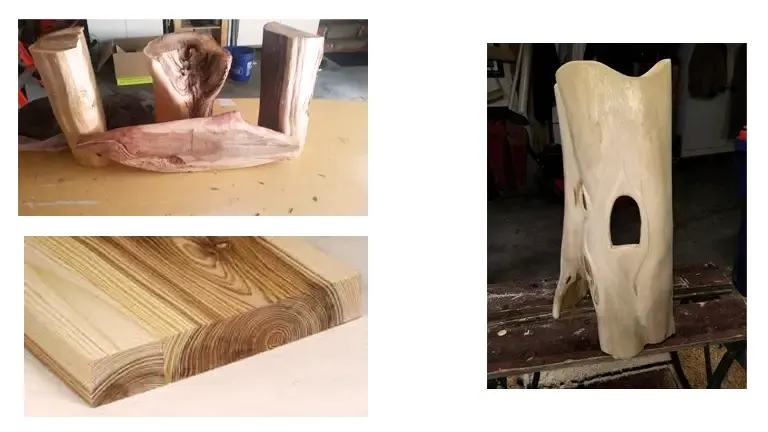
- Fencing: American Arborvitae is often used for creating attractive and durable fences. Its natural resistance to rot and decay makes it an excellent choice for outdoor applications.
- Decking: The wood of American Arborvitae is suitable for decking projects, providing a sturdy and visually appealing surface for outdoor living spaces.
- Siding: American Arborvitae can be used for exterior siding, offering both beauty and protection against the elements.
- Shingles: The wood’s natural durability makes it ideal for manufacturing roofing shingles, providing long-lasting protection and a classic look to homes and buildings.
- Trim Work: American Arborvitae is commonly used for interior trim work, such as baseboards, crown molding, and window casings. It’s fine texture and attractive grain add elegance to any space.
- Cabinetry: The wood’s workability and aesthetic appeal make it a popular choice for crafting cabinetry, including kitchen cabinets, bathroom vanities, and storage units.
- Furniture: American Arborvitae can be transformed into beautiful furniture pieces, such as tables, chairs, and cabinets. Its unique grain patterns and warm color contribute to the charm of these wooden creations.
Comments
The wood of American Arborvitae has a pleasant fragrance and offers a combination of attractive aesthetics and durability. Its rot resistance, workability, and availability make it a popular choice for various woodworking projects, particularly those involving outdoor applications.


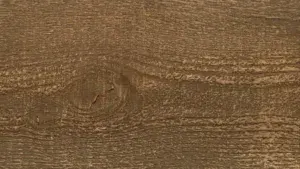



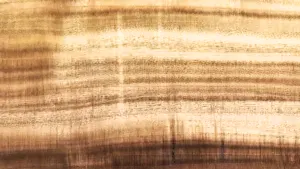
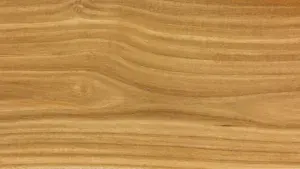

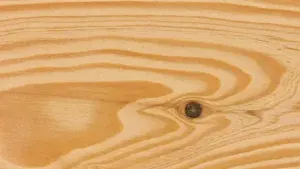




Leave your comment